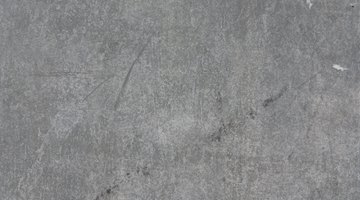Concrete details describe things that can be detected with the senses, while abstract details describe ideas that cannot be seen, smelled, heard, tasted or felt. “A blue book” is concrete, while “happiness” is abstract. Your essay built around concrete details should tie together particular details through commentary and, like most essays, should contain an introduction, body and conclusion.
Discussion
According to San Francisco State University, commentary or discussion about concrete details can make connections between details more obvious. For example, when writing about college-level education, you could describe concrete details about a classroom that relate to teaching methods: “Forty seats aligned in five rows of eight desks and an elevated lectern at the front represent the teacher-centered approach to instruction.” Discussing concrete details rather than simply listing them helps to insure that readers understand the relationship between those details and the reasons that you have included them.
Introduction
Concrete details are useful for introducing a subject. For example, if you have to write about a type of animal, describing details that characterize the animal is a logical starting point. If the essay's purpose is simply to describe a location or event, an introduction might start with broad but still concrete details. For example, in an essay describing a wedding, you might choose to include details about the weather, landscape or reception hall to set the scene in the introduction. Added discussion about those details can then tie them together: “The rain, mud and lack of power made for an interesting wedding.”
Body Paragraphs
With an essay focused on concrete details, it may be helpful to focus on one detail or group of details per paragraph. For example, when writing about a baseball game, you can describe the stadium’s size and color in one paragraph, the layout of walkways in a second paragraph and the colors of the players’ uniforms in a third paragraph. Paragraphs can also use concrete details to prove or reinforce abstract ideas: "It was hot: People in the stadium rolled up their sleeves, hiked up their pants and turned on the portable fans."
Conclusion
In conclusions, concrete details can help to sum up your essay and provoke further thought. For example, if you are writing about a specific type of product, a concluding paragraph could restate the most important details such as size, shape and color. Conclusions should discuss details that are the most interesting, that make the most impact in day-to-day life and that make readers think more about your subject. For example, a conclusion in an essay about a product could compare its physical attributes to competitor versions.
Related Articles
References
Writer Bio
Writing in the Lehigh Valley, Jordan Weagly has been a professional writer since 2007. His work has appeared in “Travel Host” and “The Keystone.” Weagly has more than four years of experience as an English tutor and holds a MA in English as well as a BA in professional writing from Kutztown University of Pennsylvania.











